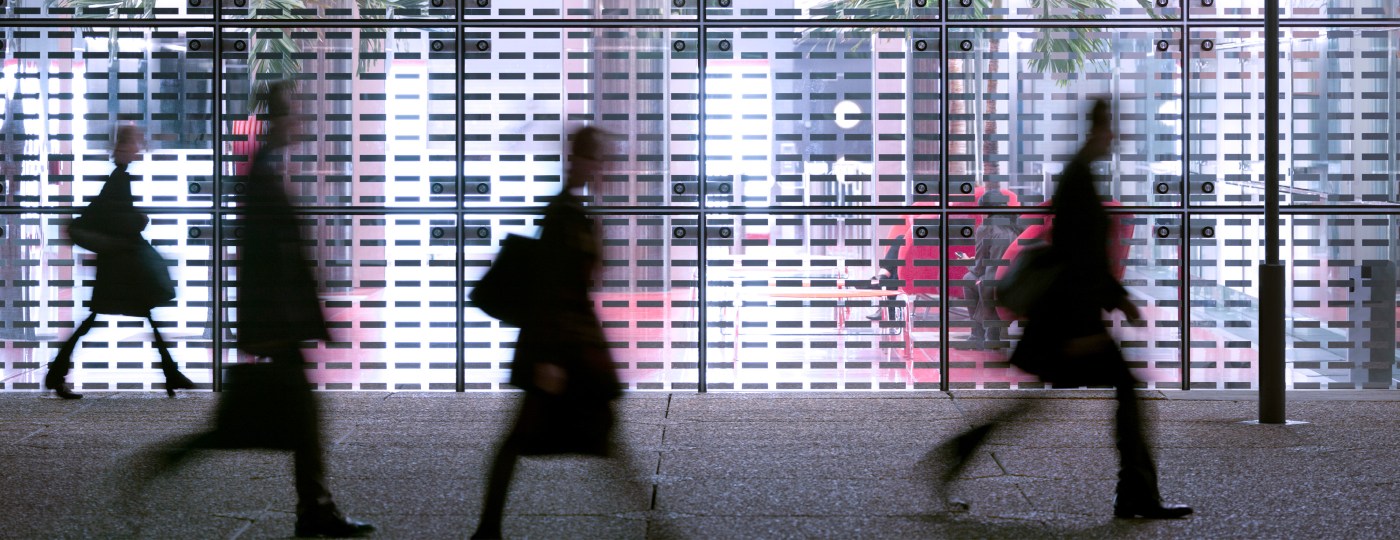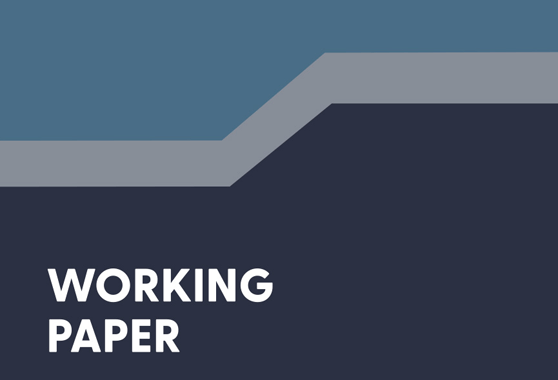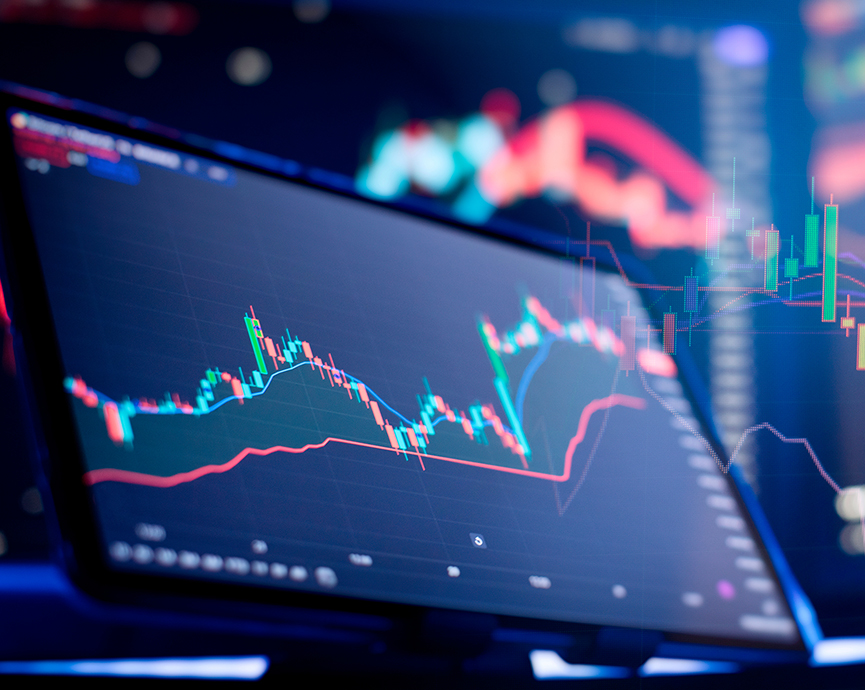The Economic Research Department conducts research on a wide range of topics in support of the Federal Reserve’s policy and public outreach functions.
Research is widely disseminated, including in leading peer-reviewed scholarly journals. The department has an active visiting scholar program, collaborates with global research groups, and hosts the Center for Pacific Basin Studies and the Center for Monetary Research.
Our Research
Serving the public with innovative research and analysis
Brief summaries of SF Fed economic research, intended to explain in reader-friendly terms what our work means for the people we serve
Timely analysis on the current economy, economic developments, and the outlook
Academic research by SF Fed economists and affiliates intended for publication in scholarly journals
Regularly updated data sets related to specific research by SF Fed economists
Publications in
Outside Journals
Work by SF Fed staff economists published in academic journals
An interactive tool that allows easy access to labor market and inflation data
Interested in learning more? Subscribe to our research
Featured Economic Letters
Research Spotlight
Take a look at some of the recent highlights from the Economic Research Department





Center for Monetary Research
Research and tools for understanding the links between monetary policy, financial markets, and the macroeconomy


Center for Pacific Basin Studies
Insight and analysis on economic policy issues affecting the Pacific Basin
Featured Economists
Meet our economists, visiting researchers, and management team.
View All Economists




















